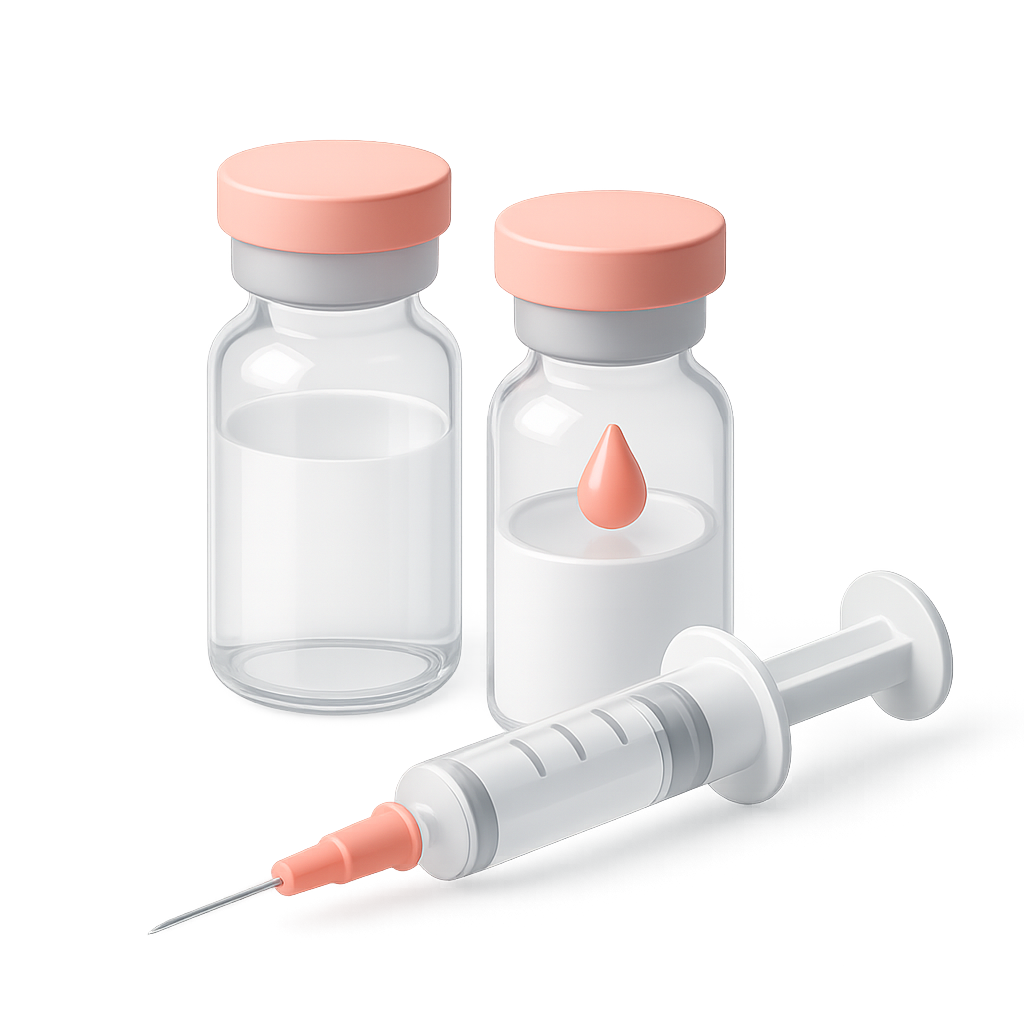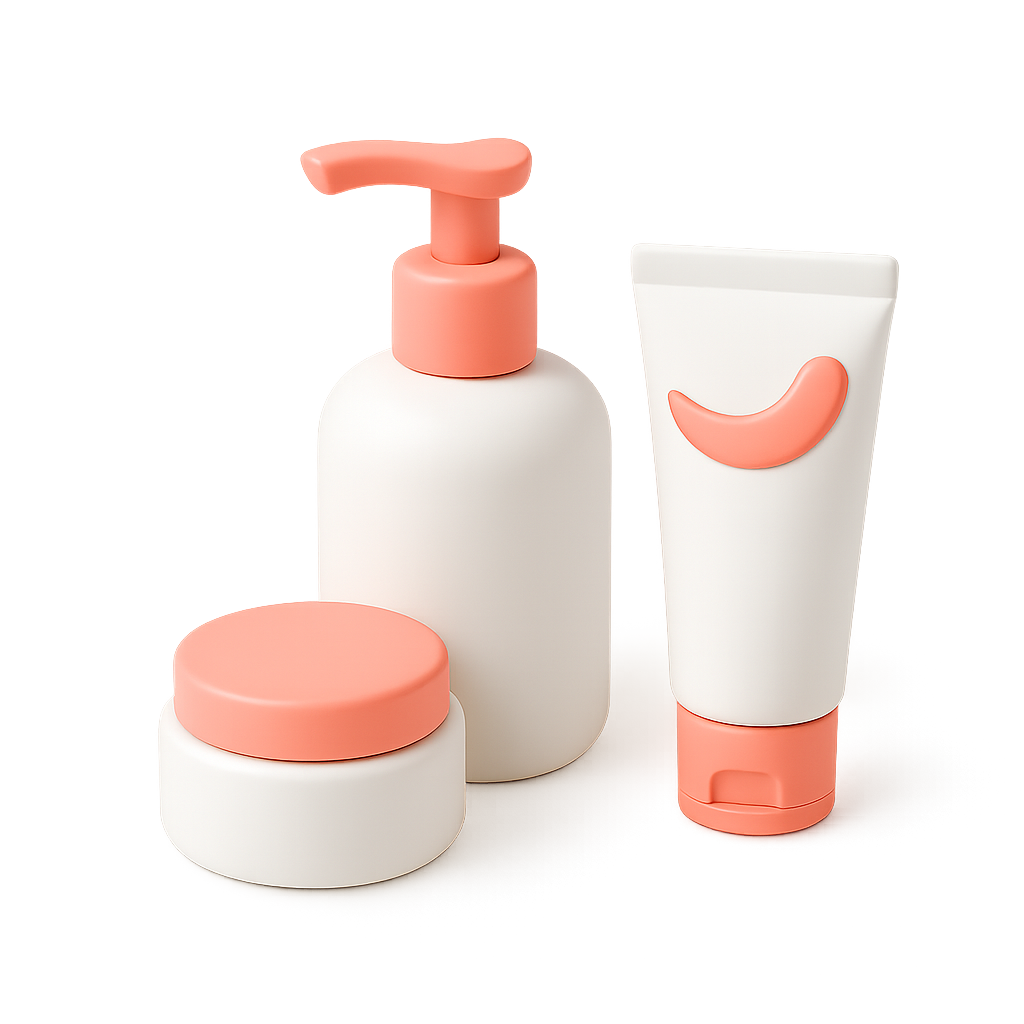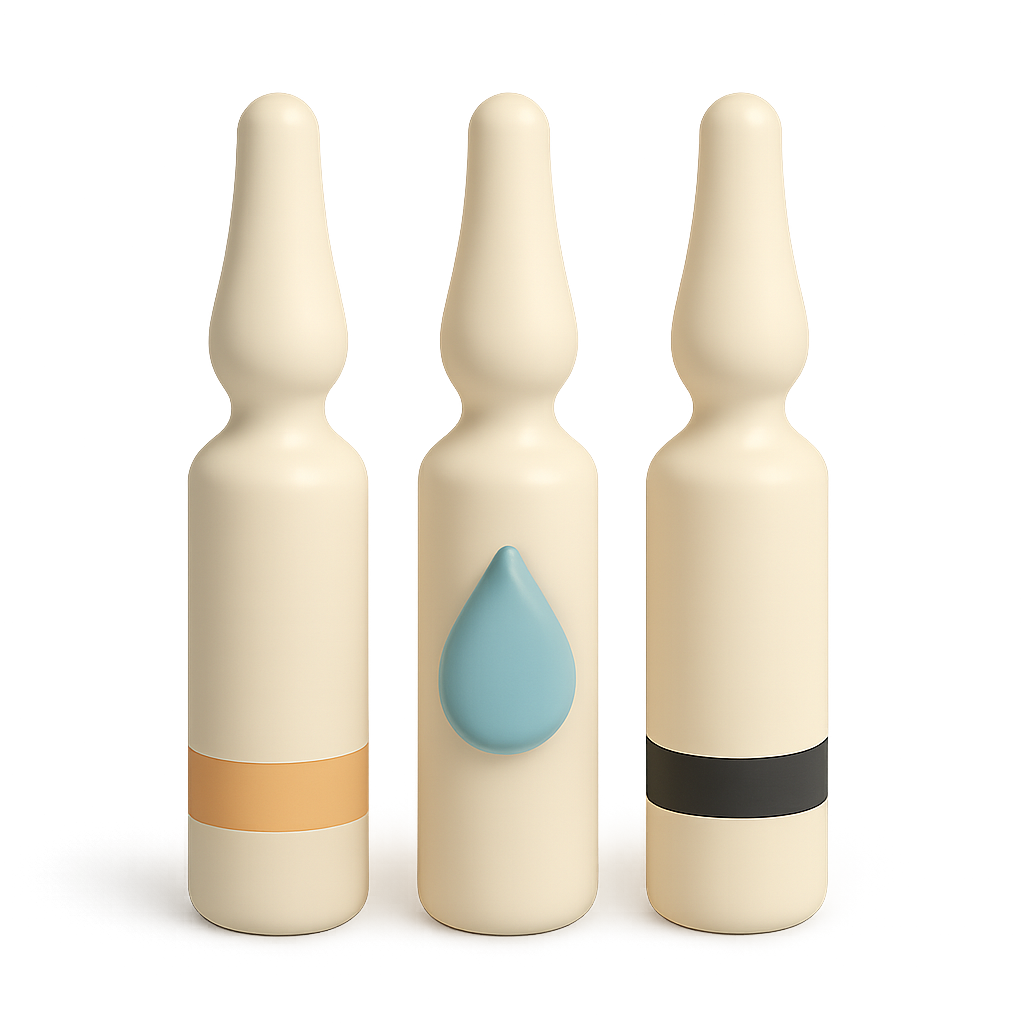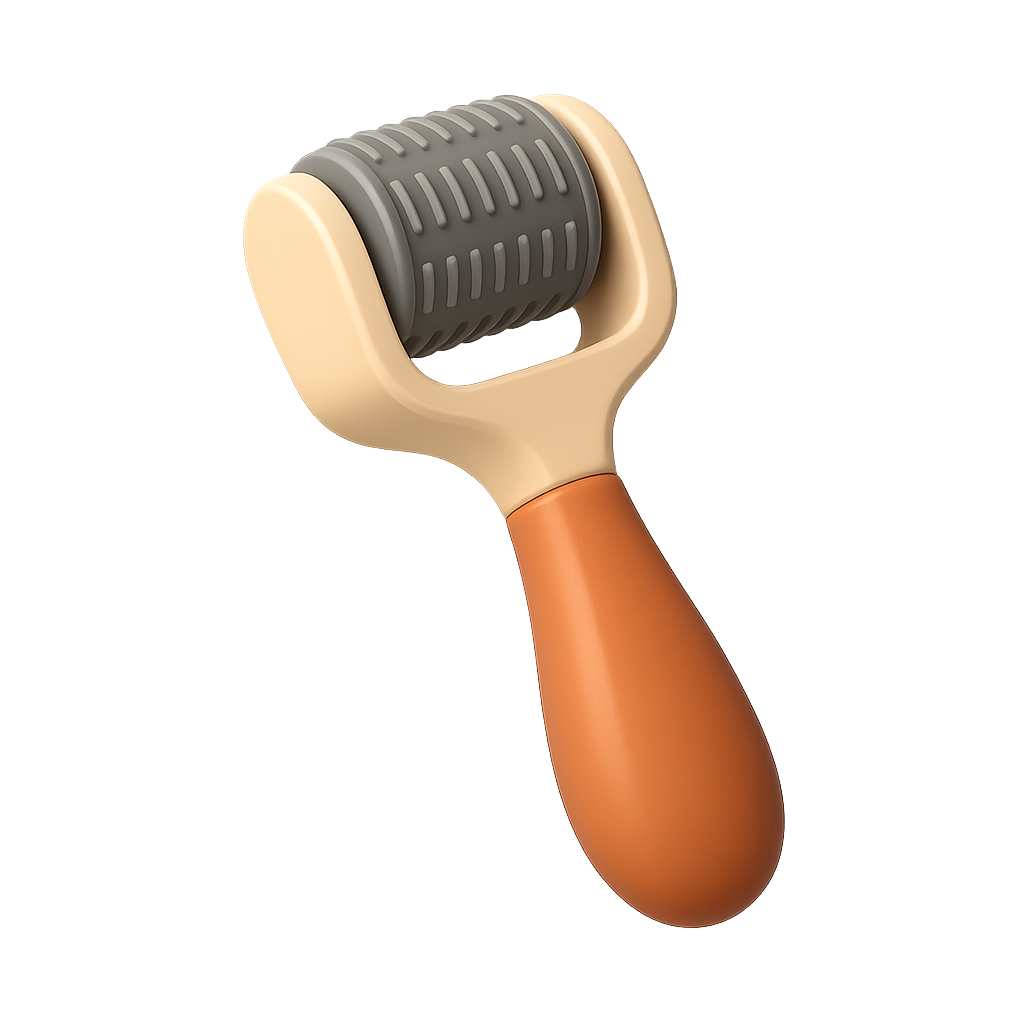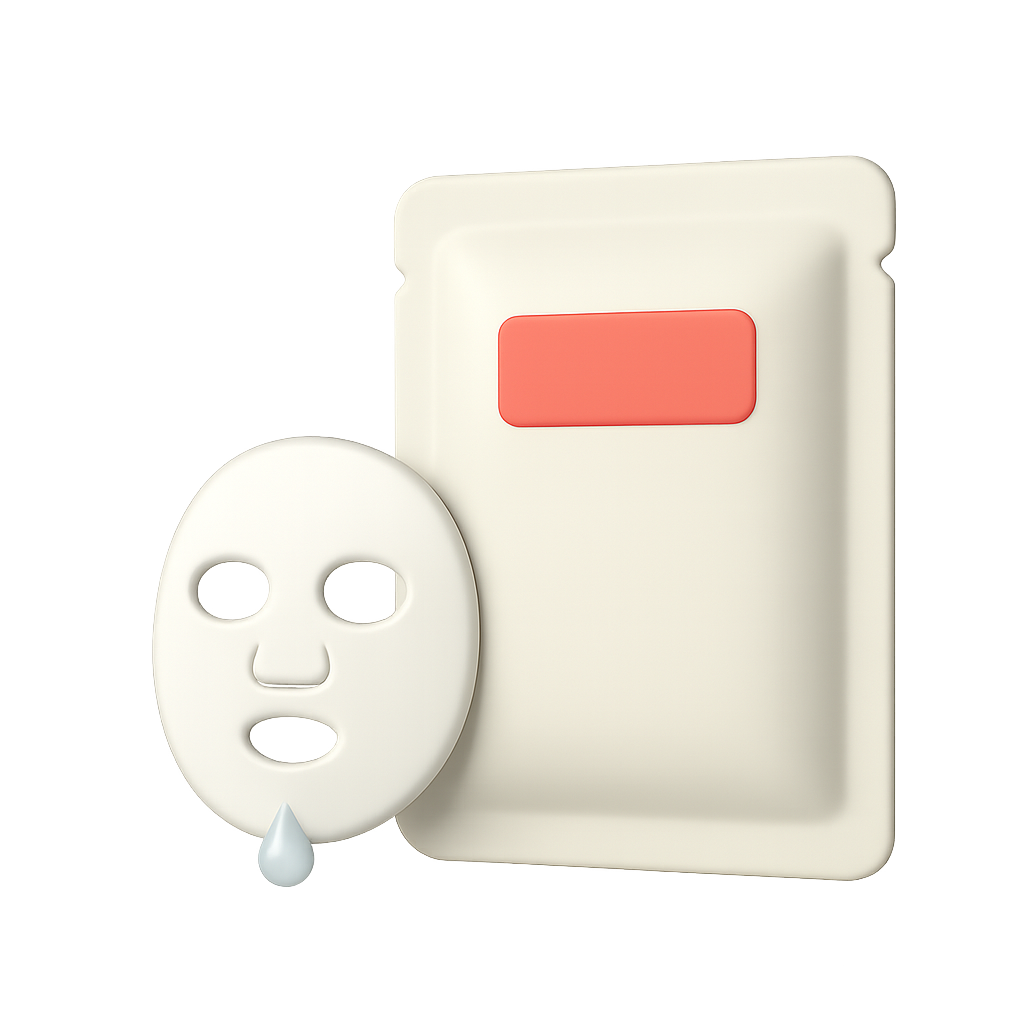Blog
Micro-Balance of Lips, Chin, and Chin Tip in Asian Facial Harmony
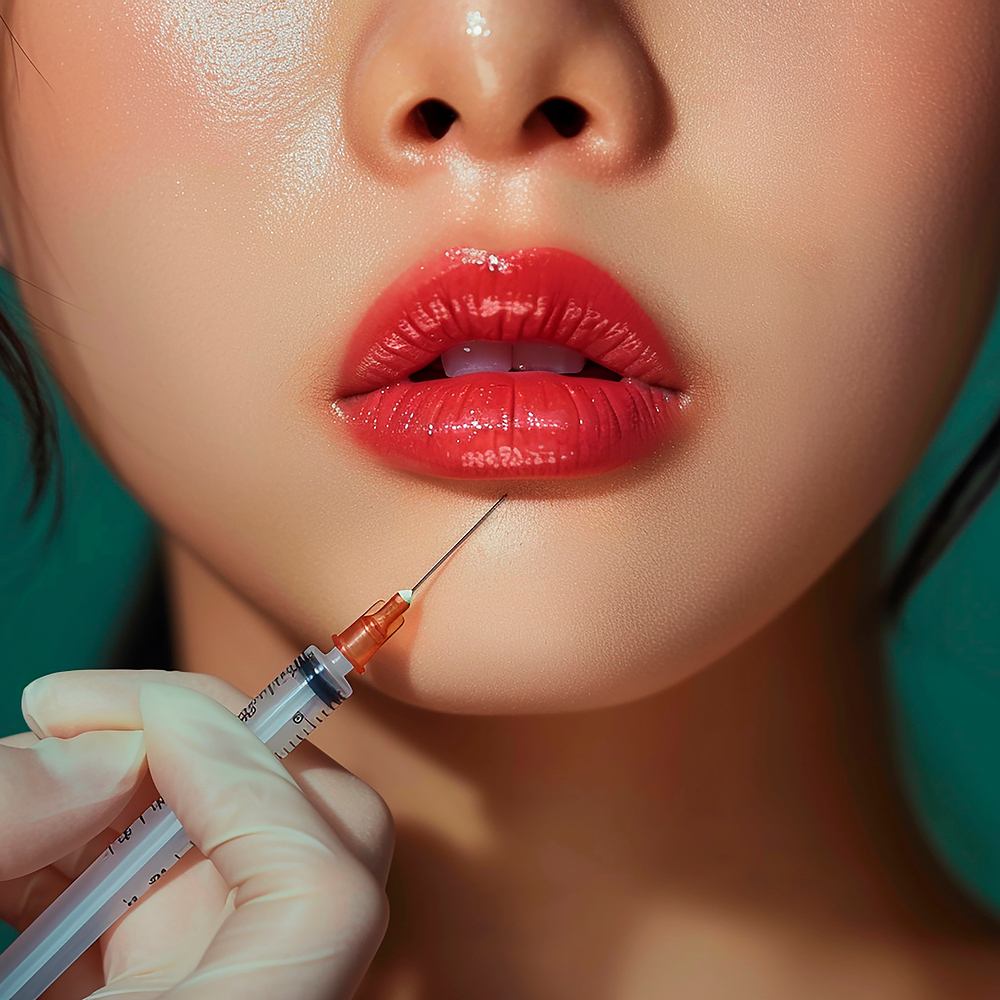
In many Asian faces, aesthetic success comes less from “adding lots of volume” and more from fine calibration across the lips–chin–chin tip (pogonion). Recent clinical reviews and morphometric studies highlight how lip protrusion and ratio, the mentolabial angle, and chin projection/height collectively shape a natural, youthful impression. Crucially, Asian soft-tissue profiles differ from Western norms; using Western targets verbatim can overproject the chin or flatten perioral character. A harmony-first plan therefore considers relative positions of the lips and chin within an Asian profile rather than chasing a single universal ratio.
1) Key Indices: What Actually Defines “Balance”?
Upper:lower lip ratio. A 1:1.6 ratio is often cited in Caucasian youth data, but ideal and preferred values vary with ethnicity, age, and sex. Treat 1:1.6 as a starting guide, not a rule. Your endpoint is what looks natural on that individual face in motion and at rest.
Mentolabial angle (labio-mental angle). Many aesthetic analyses place a broadly acceptable range around 110–130°. Angles that are too acute or too obtuse can read as tense, fatigued, or “over-done.” Always judge the angle together with lower-third proportions and shadow lines.
Chin projection. Comparative soft-tissue studies show that, on average, Korean/other East Asian lips sit relatively more anterior than in European-American profiles. Over-advancing the chin to Western cephalometric ideals may break ethnic harmony. Begin chin projection conservatively and adjust by photographs and profile lines (glabella–subnasale–pogonion, E-line/S-line) rather than a single landmark.
Lower-third proportions and lip–chin distance. Photogrammetry suggests population-specific preferences (for example, a roughly 1:2 vertical relation between lip–chin subsegments in some cohorts), but these are population means, not prescriptions. Prioritize continuity of highlight/shadow and smooth transitions across the subnasale-labiale-pogonion corridor.
Clinical tip: numbers help, but continuity of lines, shadows, and light is what patients (and cameras) perceive. Validate any ratio by standardized front/45°/profile photos and, when possible, video.
2) Aging Changes: Why Lips–Chin–Chin Tip Move Together
With age, the vermilion loses thickness, elasticity, and chroma; both upper and lower lips lose structural support. In the lower third, soft tissues tend to descend and retract, the labio-mental crease deepens, and the apparent relationship between lips and chin shifts. Meanwhile, skeletal remodeling and dental changes alter lower-face support. This is why treating just one site can look odd: the system is coupled. Slow-aging strategies work best when you co-manage lips, labio-mental angle, and chin projection.
3) Treatment Design: Three Axes for Micro-Balance
A) Lips — Ratio, Border, Profile
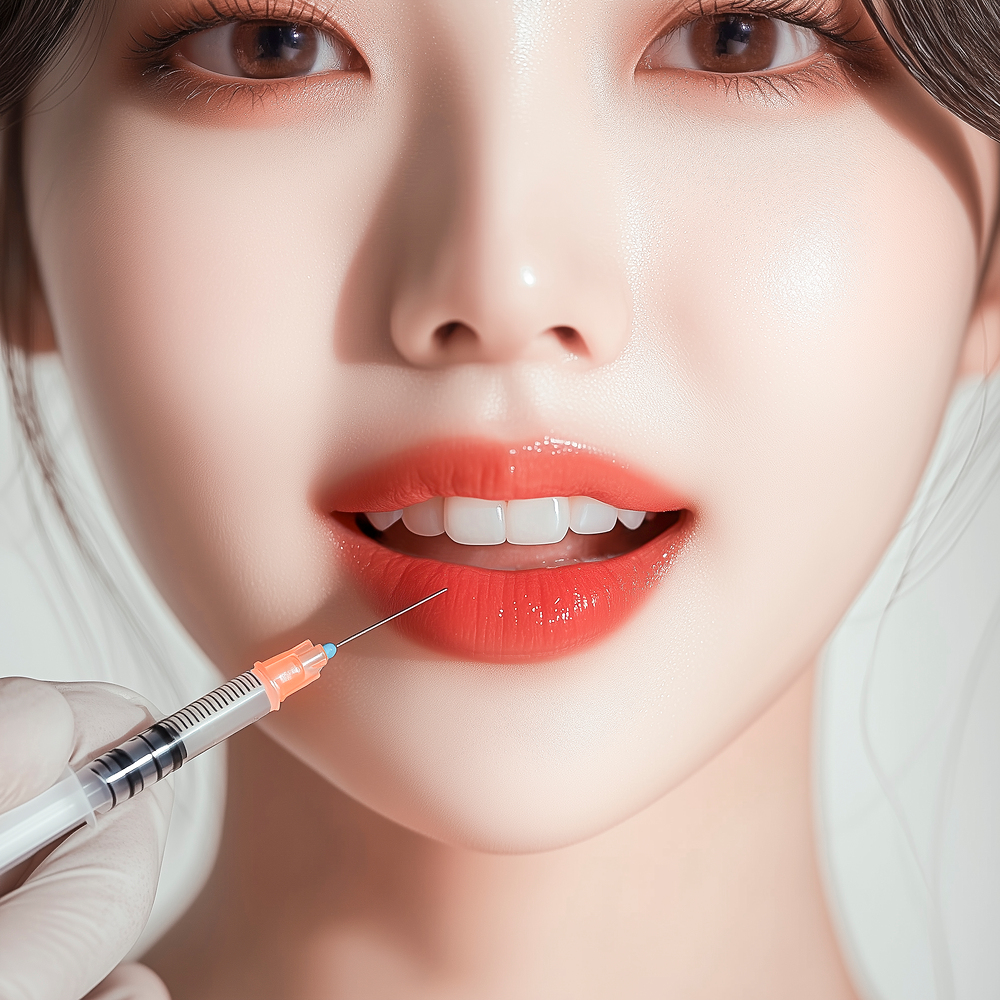
Goal. Align upper:lower balance without conspicuous bulk, restore a crisp vermilion border, and refine tubercle definition.
Evidence. Contemporary scoping reviews and real-world studies report meaningful gains in volume/definition with favorable safety for HA lip injections (common minor AEs: erythema, edema, bruising). Remember the 1:1.6 ratio is guidance only; the end-goal is “looks like me, just fresher.”
Technique notes.
Subtle, bilateral small-volume corrections to both upper and lower lips reduce the “done” look.
Favor lower-viscosity, cohesive gels for border polishing and micro-texture; consider cannula or fine needle depending on zone and vascular mapping.
For high-risk zones or revision cases, ultrasound (HFUS) can confirm plane and help avoid labial arteries.
B) Chin (Labio-mental Aesthetics)
Goal. Adjust the labio-mental angle into an individualized 110–130° window; avoid both under- and over-opening the angle.
Evidence. Aesthetic analyses link deviations from that window with lower attractiveness ratings, but inter-subject variability is large. You’re shaping an angle-depth-shadow unit, not a single point.
Technique notes.
Use layered HA: a lower-viscosity pass to soften the crease and a medium-to-high elasticity pass to contour the pre-mental region or support the angle.
Correct asymmetries before chasing absolute degrees. Small changes in the crease depth can disproportionately improve perceived youthfulness.
C) Chin Tip (Pogonion) — Projection & Vertical Height
Goal. Improve lower-third balance and profile without over-advancement.
Evidence. Non-surgical chin augmentation with HA demonstrates high satisfaction and low rates of serious AEs in qualified hands. Isolated reports suggest that repeated high-volume injections might influence cortical remodeling; hence a conservative-volume, multi-session plan is prudent.
Technique notes.
Consider cannula, low pressure, slow injection, and plane confirmation (ultrasound when available).
Shape vectorially: instead of one large bolus, distribute small aliquots to tune projection, width, and vertical height with control over shadow falloff.
Reassess in 3–4 weeks; add micro-corrections rather than trying to “finish” in one session.
4) An Asian-Tuned Decision Algorithm (Clinic-Ready)
Step 1 — Profile screening.
Check upper:lower lip balance (use ~1:1.6 only as a cue). If one lip dominates in profile or frontal view, plan bilateral micro-adjustments.
Measure/estimate the labio-mental angle; if outside ~110–130°, prioritize crease/angle work.
Start chin projection conservatively given the relatively anterior lip position common in East Asian profiles.
Step 2 — Sequence (recommended).
Lips first: tidy vermilion border + micro-volume in both lips.
Labio-mental complex: soften crease, refine angle.
Chin tip: add projection/height in small, staged increments.
Step 3 — Cadence.
3–4 weeks between sessions, typically 2–3 micro-adjustment visits, then maintenance.
Integrate slow-aging care (e.g., skin-quality boosters or low-viscosity HA) to keep perioral texture and radiance aligned with structural gains.
Step 4 — Measurement & records.
Standardized photos (front/45°/profile), consistent lighting and camera distance.
Track simple quantitative markers (angle estimates, linear distances) + patient-reported outcome measures (PROMs).
Use ultrasound for complex anatomy, revisions, or when vascular mapping is uncertain.
5) Safety & Risk Management
The perioral and mandibular regions feature variable vasculature and functionally important structures. Safety is an ecosystem:
Anatomy first (arterial pathways, danger zones).
Device choice (cannula vs. needle), low injection pressure, slow rate, aspirate where appropriate—and understand the limits of aspiration reliability.
Hyaluronidase at hand and a team drill for suspected vascular events (vision changes, blanching, disproportionate pain).
Ultrasound-assisted planning where available to confirm plane and avoid vessels.
Conservative total volumes, particularly in the chin tip, to minimize tissue stress and potential long-term remodeling concerns.
Strict use of approved medical devices by qualified clinicians only; avoid consumer “needle-free” gadgets entirely.
6) Take-Home: Precision Over Size
Asian facial harmony thrives on micro-balance. When you evaluate ratios, angles, and projection together, and execute with small volumes, multiple sessions, and objective measurements, you reliably achieve a “naturally refreshed” look. Plan lips, labio-mental angle, and chin tip in the same frame, honor ethnic profile norms, and let measurements **inform—but not dictate—**your artistry.
References (Open-Access or Publisher Pages)
Asian face shape assessment:
https://pmc.ncbi.nlm.nih.gov/articles/PMC7605391/Mentolabial (labio-mental) angle and attractiveness:
https://pmc.ncbi.nlm.nih.gov/articles/PMC5292106/Upper:lower lip ratio review (1:1.6 context):
https://pmc.ncbi.nlm.nih.gov/articles/PMC5952987/Ethnic differences in soft-tissue profile (Korean vs European-American):
https://media.dent.umich.edu/labs/mcnamara/files/Ethnic%20Differences%20in%20the%20Soft%20Tissue%20Profile%20of%20Korean%20and%20European-American%20Adults%20with%20Normal%20Occlusions%20and%20Well-Balanced%20Faces.pdfLower third & perioral aesthetics (review, 2024):
https://pmc.ncbi.nlm.nih.gov/articles/PMC11799052/Fillers for chin/jawline (review incl. ultrasound/anatomy):
https://pmc.ncbi.nlm.nih.gov/articles/PMC10296042/Nonsurgical chin augmentation with HA (clinical evidence):
https://pubmed.ncbi.nlm.nih.gov/37036507/Potential bone change with repeated high-volume HA (observational; Chinese cohort):
https://www.researchgate.net/publication/368169699_Aesthetic_Concerns_of_Chin_Augmentation_With_Hyaluronic_Acid_Soft_Tissue_Filler_in_Chinese_A_Prospective_Observational_StudyLip vermilion physiology & aging (review, 2024):
https://onlinelibrary.wiley.com/doi/10.1111/jocd.16317Preferred vertical lip–chin distance (photogrammetry):
https://onlinelibrary.wiley.com/doi/10.1111/jdv.19727
